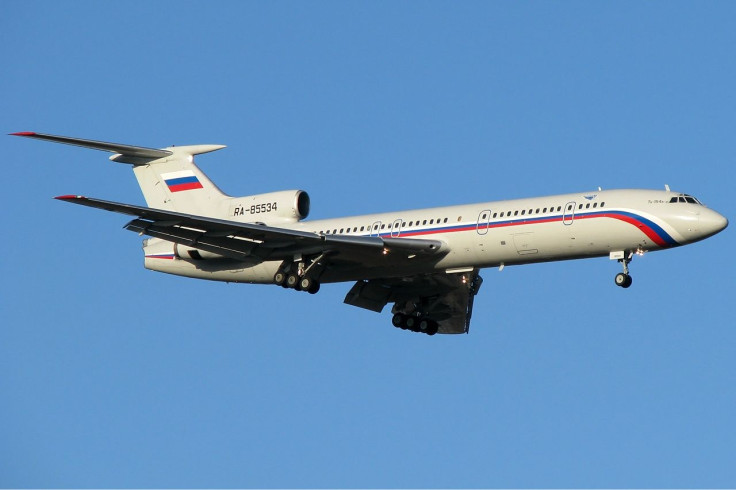South Korea Fires Warning Shots At Russian And Chinese Bombers That Violated Its Airspace

South Korean military jets fired over 300 warning shots at two Russian and two Chinese bombers that crossed into the Korean Air Defence Identification Zone (KADIZ) early Tuesday.
Officials said the Russian and Chinese aircrafts didn’t return fire despite the South Korean fighter jets firing 10 flares and 280 machine gun-rounds as warning shots. This was the first time a Russian military jet violated the South Korean airspace.
South Korea’s Defense Ministry confirmed that three Russian military planes, two Tu-95 bombers and an A-50 airborne early warning and control aircraft, entered the country’s air defence identification zone off its east coast before the A-50 entered their territoral sky. Two Chinese H-6 bombers had crossed into Seoul’s air identification zone just hours before they were joined by two Russian military aircrafts.
The country’s defense officials believe this was a joint military exercise between Russia and China. They, according to the Guardian, said the airspace that the Russian warplanes alleged violated was above a group of South Korean-held islets, halfway between South Korea and Japan.
However, Kremlin’s defense ministry denied violating the South Korean airspace and accused the country’s jets of carrying out dangerous maneuvers that threatened Russia’s aircraft. The Russian Defence Ministry defended itself saying that two South Korean F-16s approached the Russian bombers near the Liancourt Rocks and conducted unprofessional maneuvers, crossing the course of the Russian aircraft and jeopardizing their safety. It also said that the South Korean pilots did not establish communications with the crews of Tu-95MS, fired flares and then the F-16s conducted another maneuver, retreating away from the Russian planes. The ministry added that “no warning shots were fired by South Korea’s fighter jets."
The director of South Korea’s National Security Office, Chung Eui-yong ,said he had sent a strong message of complaint to Russia over this incident. Chung said South Korea is taking this situation very seriously. “If this kind of action is repeated, we will take even stronger measures,” he said.
A former director of operations at the United States’ Pacific Command’s Joint Intelligence Centre, Carl Schuster, said South Korea has taken a “very very serious” and “very very rare” step to fire warning shots. Schuster said the fact that shots were fired meant Seoul viewed the violation as a serious and deliberate act. He said he couldn’t explain as to why the Russian aircraft returned after the first warning.
A retired People’s Liberation Army colonel, Yue Gang, said South Korea should expect to encounter more Russian and Chinese warplanes. Yue said they have missions in the East China Sea and the Sea of Japan. “Our military aircraft will pass through the ADIZ when carrying out these missions, but it is unlikely there will be a confrontation between South Korea and China,” he said and added that ADIZ is “not airspace." He also said the Chinese and Russian jets entering the South Korean ADIZ was “just a coincidence” and not a coordinated move as speculated.
South Korea’s defense ministry said it will summon the Russian and Chinese embassy officials to seek answers and register a formal protest.
© Copyright IBTimes 2025. All rights reserved.





















